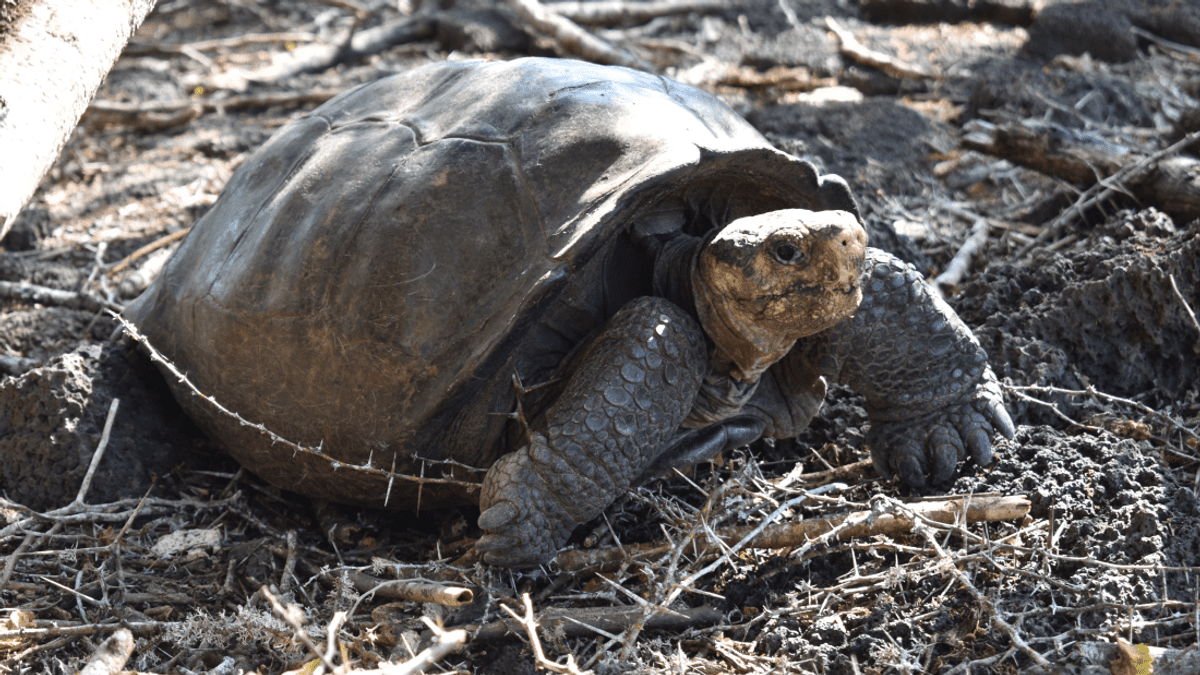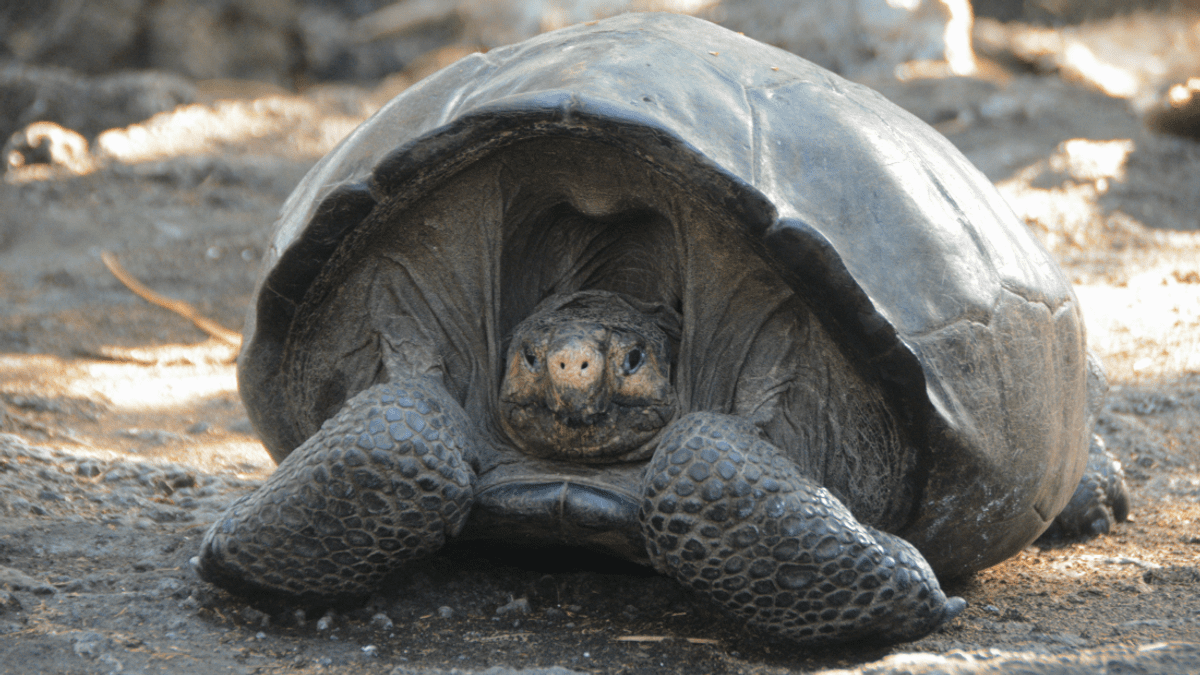The giant Galapagos tortoise species Chelonoidis phantasticus has a rather interesting story. Its last known member was a lone male wandering around Fernandina Island in 1906. But just 113 years later, when it was thought to be extinct, a second lone turtle emerged in 2019: a 50-year-old female nicknamed Fernanda, who appears to be the queen of her own island.
The surprise discovery has suddenly doubled the known members of C. phantasticus, but it surprised evolution biologists that although their genomes had proven to be very similar (the male now stands at the California Academy of Sciences), they looked so different. Fernanda’s shell was relatively small and smooth compared to the male’s, whose shell protruded similarly to that of a saddled turtle.
Fernanda’s discovery was reported in an article titled “The Galapagos giant tortoise Chelonoidis phantasticus is not extinct,” published in Communications Biology.
Senior author Adalgisa Caccone, senior researcher and lecturer in the Yale Department of Ecology and Evolutionary Biology, said in a statement, “The finding of a living specimen is promising and raises new questions as many mysteries still remain. Are there any more turtles that can be brought back into captivity to start a breeding program in Fernantina? How did the turtles colonize Fernandina? And what is their evolutionary relationship to other giant Galapagos tortoises?”

25 despite volcanic eruption…
C. phantasticus has been extinct due to volcanic activity on remote Fernandina Island, believed to be the most inaccessible of the Galapagos Islands. was thought to have expired. This island has had about 25 volcanic eruptions in the last 200 years and was expected to be a very bad nesting ground for a slow-moving species like C. phantasticus, as there was little room to escape. But still, Fernanda had lived on the island for half a century.
Despite similar genomes, researchers have identified several differences in maternally inherited mitochondrial DNA (the genetic code of the cell’s powerhouse), so some of their differences are, for example, a C. phantasticus male and a C. nigra female.
The second of these exemplary species is now extinct and comes from a different island, but may have remained in Fernandina long enough to mate and pass on its mitochondrial DNA to future generations. The authors want to determine who the real C. phantasticus is and who the hybrid might be, but this requires more turtles

Another reason for their difference is the one on Fernandina Island.
Caccone says, “Fernanda is small. He is now in good health, living in good health, but is a small adult, so he looks morphologically very different from the male specimen in the museum,” he said. “Probably the food choices have something to do with the stunted growth. This animal was located in a separated vegetation and this likely affected its growth.”
Despite the turbulent times on Fernandina, turtle droppings on the island indicate that there may be other Galapagos giants you can find here. As such, Galapagos National Park and Galapagos Conservation Area , plans to go on a (non-violent) giant tortoise hunt in hopes of finding some of Fernanda’s relatives and possibly even preserving the species.